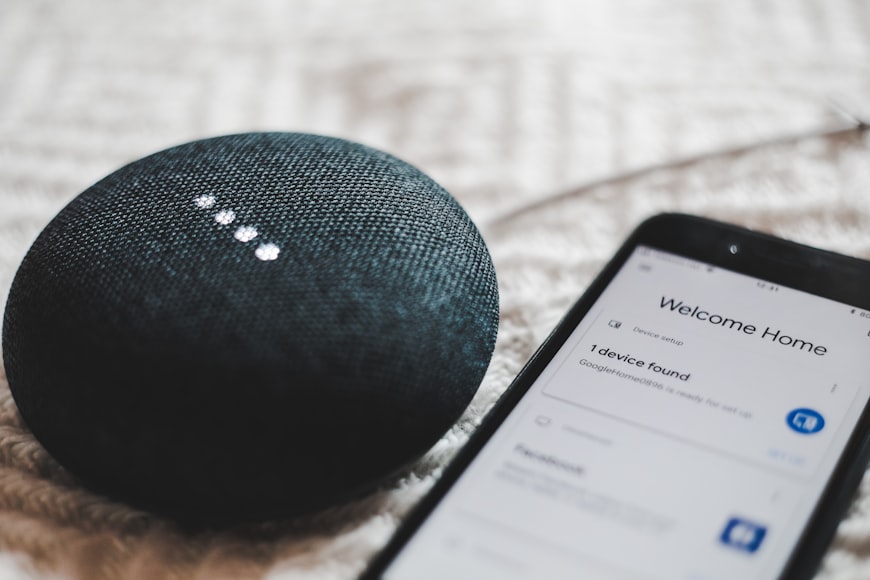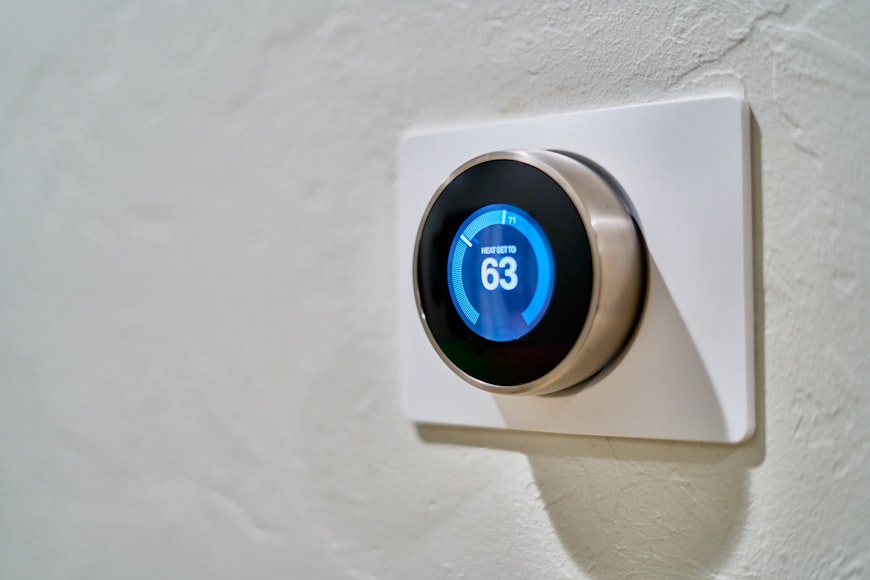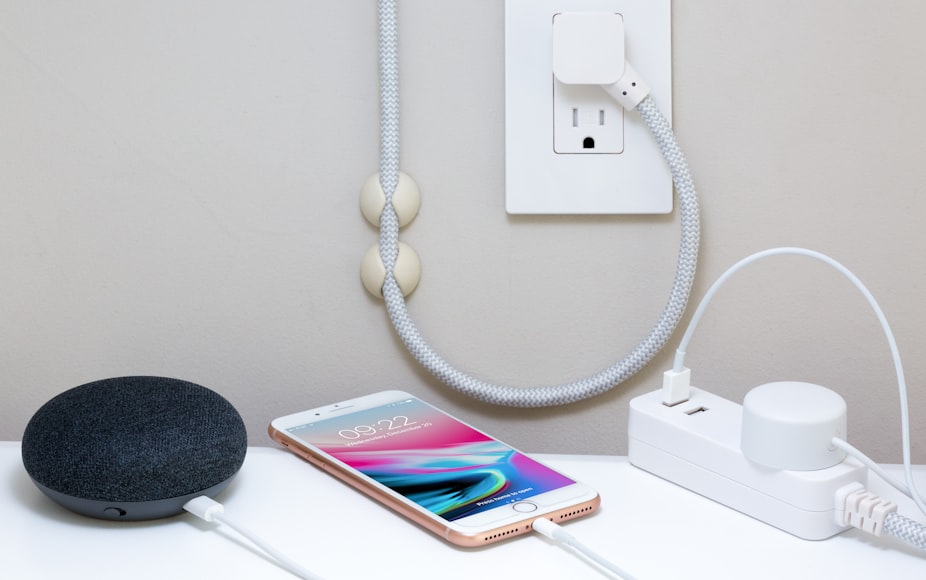Smart home technology is becoming increasingly popular for homeowners looking for a convenient and efficient way to stay safe in their homes. From video doorbells that alert you to visitors at the front door to motion detectors that detect suspicious activity, there are a variety of smart home technologies that can help keep your home secure. In this blog post, we will discuss 10 smart home technologies that you may not have known you needed to keep your home safe. Keep reading to learn more about these technologies and how they can protect you and your family.
1) A Good Lock

A secure lock is an important part of a smart home and should be the first thing to invest in when looking for safety solutions. A good lock ensures that your home is protected from unwanted visitors, making it a key component in home security. Look for locks with advanced features such as fingerprint recognition or access control to provide an extra layer of protection.
2) A Security System
Protect your home with a security system. It’s an investment that will keep you safe and give you peace of mind. A good system includes motion detectors, door and window sensors, and even cameras. This can be set up to alert you or a monitoring service when someone enters the house. It’s an easy way to monitor your home from anywhere in the world.
3) A Water Leak Detector

Protect your home from damage due to water leaks with a water leak detector. These devices are designed to detect even small amounts of moisture, alerting you of a potential leak before it becomes a bigger problem. Install one in areas of your home where a water leak is likely, such as near sinks, toilets, and washing machines.
4) A Fire Extinguisher
Fire extinguishers are essential for any home as they help to quickly put out a small fire and can prevent further damage. Make sure to check the expiration date of your fire extinguisher regularly and make sure you have the appropriate type for any potential fires in your home.
5) A Carbon Monoxide Detector

Carbon monoxide (CO) is an odorless, colorless, and poisonous gas. A carbon monoxide detector is essential for keeping your home and family safe. It will alert you to the presence of CO in your home so that you can take the necessary steps to keep your family safe. Make sure to place detectors near bedrooms, living spaces, and other areas of your home that may be susceptible to CO build-up.
6) A First Aid Kit
A flashlight can be an invaluable tool when a power outage strikes. It can help you navigate your home and find items you need in the dark. Make sure you have a flashlight handy in case of an emergency. But don’t forget a first aid kit! Keeping one in your home can save you a trip to the hospital if you or a family member sustains an injury.
7) A Flashlight

Flashlights are an essential item in any home. Not only are they useful during power outages, but they also provide extra security and visibility during dark nights. Investing in a few high-quality flashlights is a must for anyone wanting to keep their home safe.
8) A Emergency Radio
Stay informed during emergencies with a battery-powered radio. This will allow you to stay up-to-date on weather, news, and other important information in the event of a power outage. Most emergency radios are small and portable, so you can take it with you if needed. They typically also come with a flashlight and/or USB port for charging devices.
9) A Spare Key

Having a spare key to your home is a great way to ensure safety in case of emergency. It’s a good idea to have an extra key that can be accessed in a safe location, such as with a trusted neighbor or family member. This will help you get into your home quickly if the primary key gets lost or stolen.
10) A Self-Defense Weapon
Having a self-defense weapon in your home can help to keep you safe in an emergency. Items like pepper spray, a taser, or a baton can be used to defend yourself or your family if needed. It’s important to practice safety when handling and storing such items, as well as knowing the laws in your area regarding their use.

